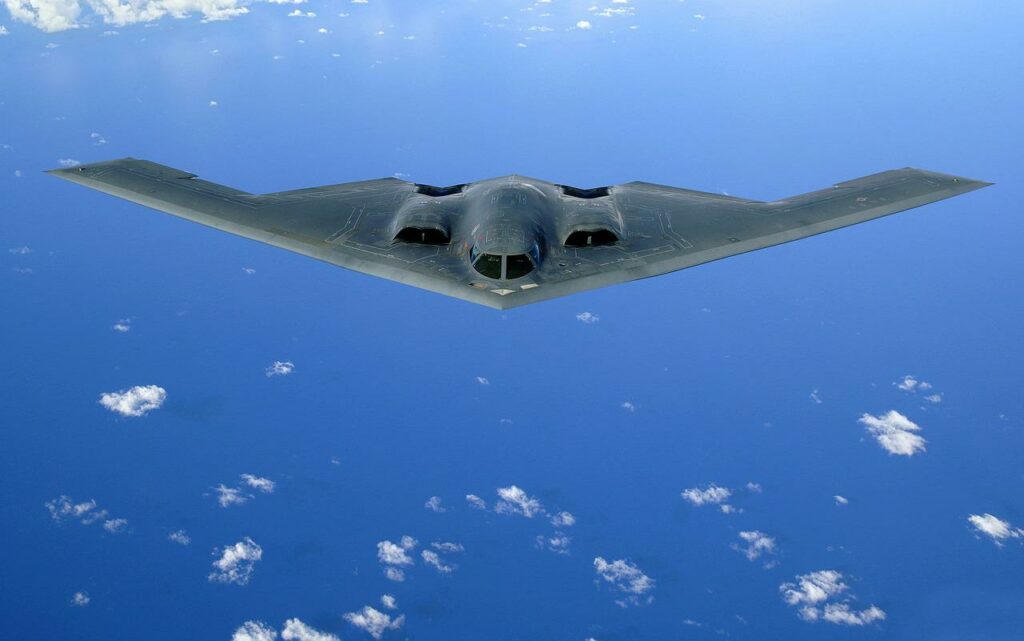In a recent post, we identified the top trends impacting executive search to fill important top executive positions across the defense and intelligence contracting market. In Part 2, we will identify some of the approaches that we are recommending for our clients to identify and attract the best candidates for their companies.
The challenges facing defense and intelligence contractors in hiring top executives did not begin with the global pandemic. Over the last decade, there has been a dramatic shift in the market’s atmospherics that has significantly made executive search that much more competitive. These include lower barriers to entry for companies wanting to enter the space, disruptive customer behavior, and the traction of non-traditional entrants to the government contractor arena. For example:
- Innovative Defense initiatives under the Obama, Trump, and now Biden administrations have created new avenues for commercial competitors to engage in the government contracting market, including DIUx, SBIRS, and a preference for commercial off-the-shelf technologies—giving Silicon Valley players access to the opportunities here.
- The shift towards digital warfare and the emergence of non-traditional adversaries is accelerating the need for commercially-derived technologies for our defense agencies. Solutions such as Cloud, Cyber, and AI/MI capabilities are now being battle-tested in the commercial markets and can be readily imported into the national security and defense agencies.
- The pandemic has served as a cultural catalyst for defense contractors, bringing diversity, equity, and inclusion practices to the forefront. Couple that with remote working that goes against the grain for the defense contracting world, and the landscape looks quite different from even five years ago.

As the government contracting community looks at its executive search pressures, there are several approaches that are proving successful for recruitment and retention:
- Incorporating a flexible culture that meets employee preferences and demands in their careers.
- Exploring new locations that may provide additional talent pools.
- Realigning compensation programs that incorporate unique components in order to counter the market realities.
- Evolve the C-Suite with new roles that will have an impact across the organization, e.g., Chief Growth, Digital, Diversity, Sustainability, and Culture Officers.
The first step in the process is to find the best executive search partner who understands the challenges and trends in the government contractor market, and can help you craft the best strategy for success.